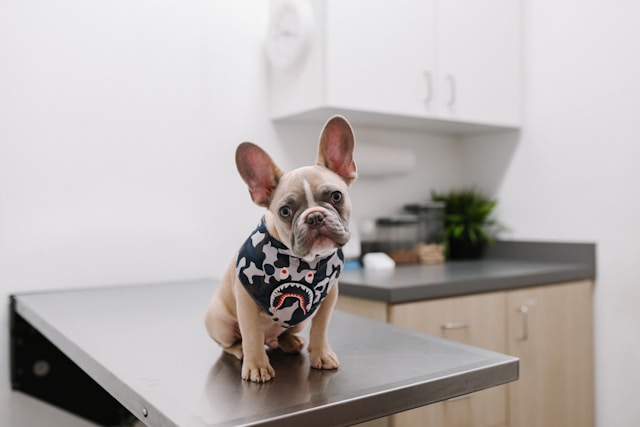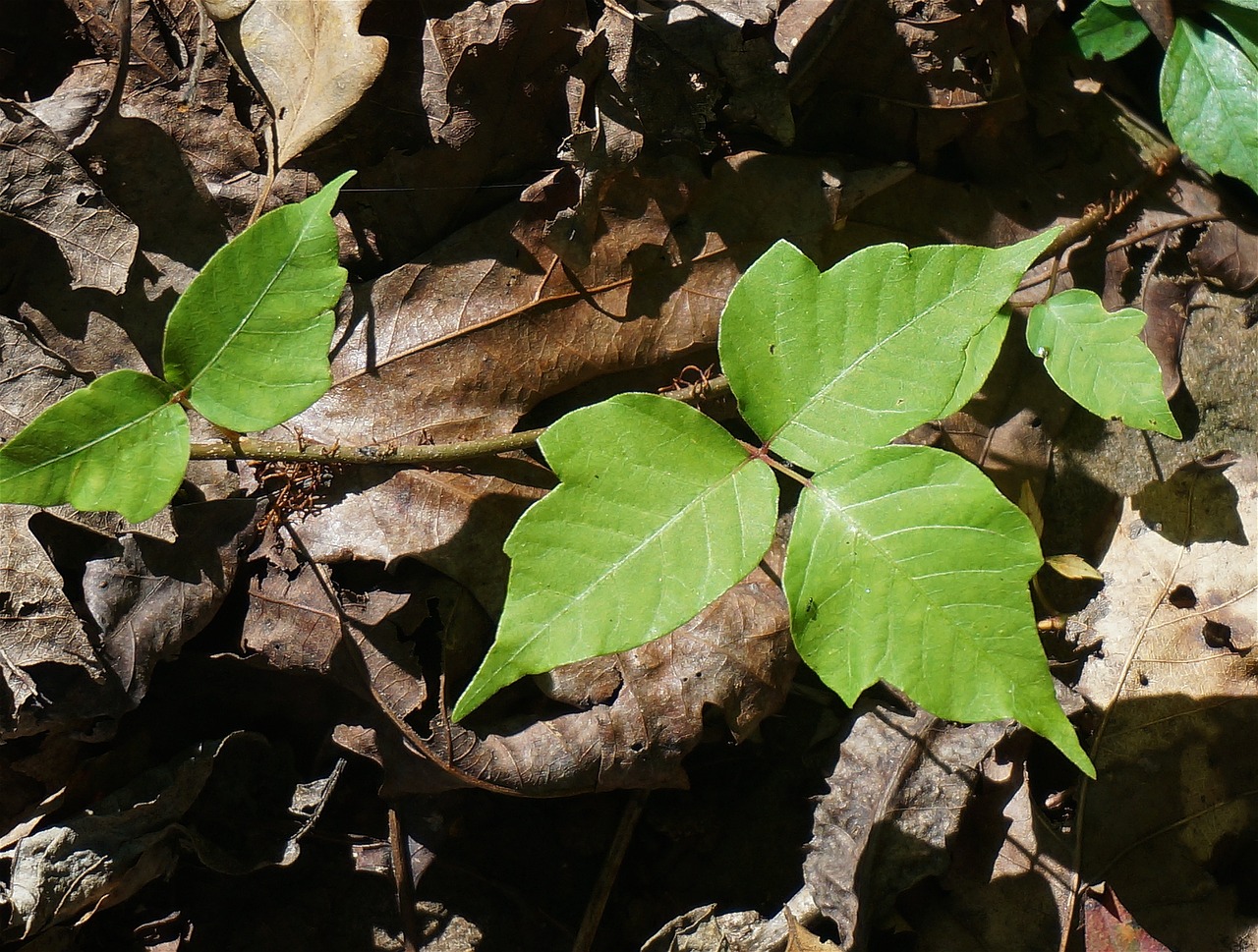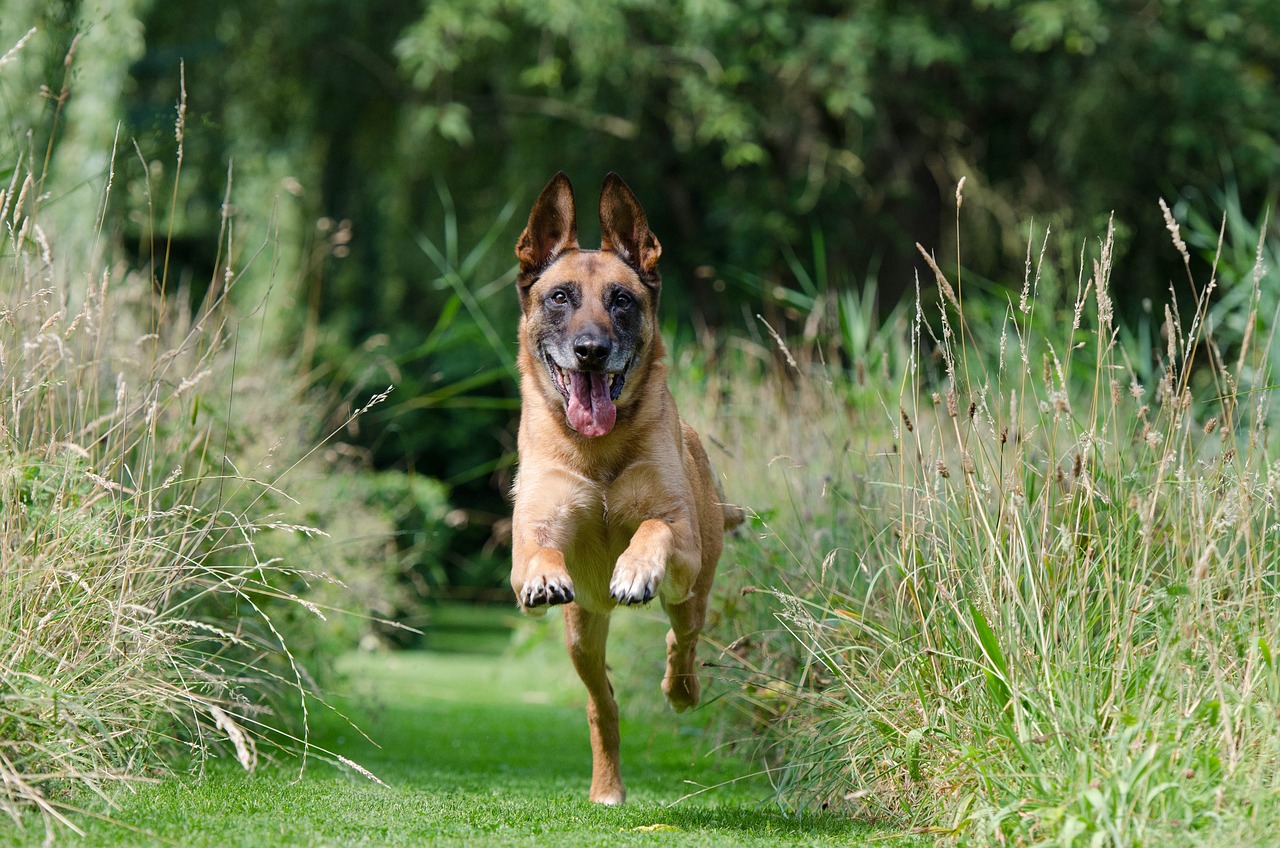Garlic's Hidden Danger for Pets

Garlic has long been touted as a holistic remedy for preventing heart disease, high cholesterol, and high blood pressure, and it even repels fleas and combats certain types of cancer in humans. However, while these potential health benefits may apply to people, it's essential to recognize that garlic can be highly toxic to dogs and cats. At specific doses, this toxicity can lead to fatal consequences if not treated promptly.
Why Garlic Poses a Threat to Pets
Garlic belongs to the Allium family, a plant genus with other members like onions, shallots, leeks, chives, and rakkyo, also known as Chinese onions. These Allium family members contain compounds called disulfides and thiosulphates, which can be hazardous to cats and dogs if ingested. Garlic consumption can induce conditions known as hemolytic anemia, Heinz body anemia, and methemoglobinemia, all involving damage to red blood cells. Essentially, the compounds in garlic can render the red blood cells in your pet's circulation exceptionally fragile, causing them to rupture.
Determining the Lethal Amount of Garlic for Pets
Dr. Ahna Brutlag, a board-certified veterinary toxicologist and director of veterinary services at Pet Poison Helpline, notes, "From a toxicity perspective, garlic is approximately five times more concentrated than onions."
To draw a parallel with onion toxicity, even minimal amounts of onions – as little as 5 grams per kilogram (g/kg) in cats or 15 to 30 g/kg in dogs – have been associated with clinically significant damage to red blood cells. Scientific studies consistently observe onion toxicosis in animals that consume more than 0.5% of their body weight in onions at once.*
Given garlic's higher concentration, a smaller ingested quantity can lead to toxicosis. As little as one garlic clove can be toxic to cats and small dogs.
It's important to acknowledge that a pet's weight, breed, and prior health history can affect the toxicity level of ingested garlic. If you suspect that your dog or cat has consumed garlic, it is advisable to contact the Pet Poison Helpline at 855-289-0358** or consult your veterinarian promptly.
Recognizing the Symptoms of Garlic Toxicity in Dogs and Cats
Notably, symptoms of garlic toxicity may not manifest until several days after your pet's ingestion of garlic.
Common symptoms encompass vomiting and diarrhea, in addition to signs of anemia, such as breathlessness, lethargy, pale, yellow, or "muddy" gums, rapid breathing, and an elevated heart rate. Your pet may also experience abdominal discomfort and excrete discolored urine. While vomiting and diarrhea can occur within a day, it might take several days to a week post-garlic consumption for anemia symptoms to surface.
Preventing Garlic Toxicity in Pets
While the excessive consumption of garlic poses a high risk to pets, it's essential to recognize that chronic ingestion of even small amounts of garlic over time can lead to poisoning.
Pet owners who believe garlic is an effective flea repellent should exercise caution. Dr. Brutlag emphasizes, "The use of garlic as a flea or tick preventative has been researched and found ineffective. It is not recommended for this purpose, even when combined with conventional therapies. Not only can it make your pet unwell, but it also leaves them susceptible to severe diseases like Lyme."
For pet owners who use garlic supplements themselves, taking measures to protect curious pets is crucial. Pet Poison Helpline has encountered numerous cases of cats and dogs ingesting garlic pills left on countertops, resulting in the need for severe anemia treatment.
In cases where you are considering introducing new foods or supplements to your pet's diet, always consult your family veterinarian first.
Get insurance plans with wide-ranging coverage options













